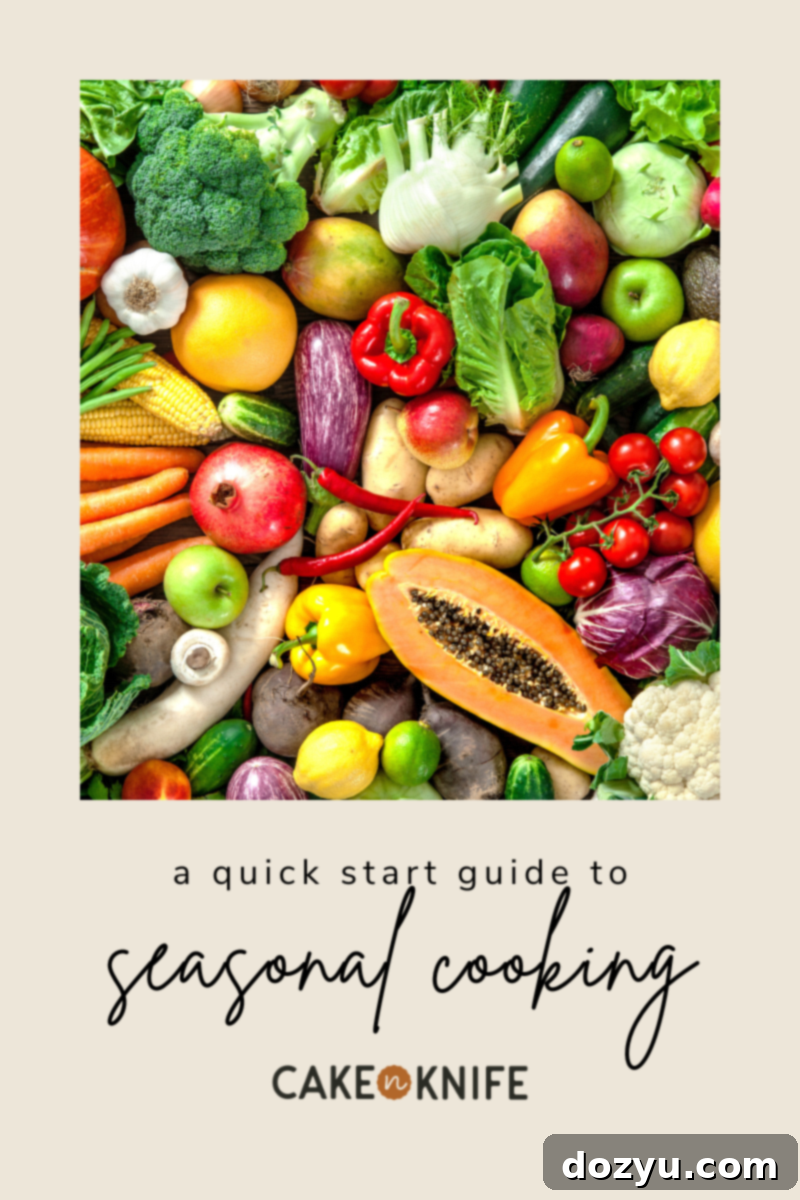The Ultimate Guide to Seasonal Cooking: Embrace Fresh Flavors Year-Round
Welcome to your comprehensive guide to seasonal cooking! Here, we’ll explore the essence of cooking with the seasons, discover what produce is at its peak throughout the year, and unlock new ways to bring people together around a table filled with fresh, vibrant flavors. This approach to cooking is not just about ingredients; it’s a celebration of nature’s rhythm and a journey back to more mindful eating.
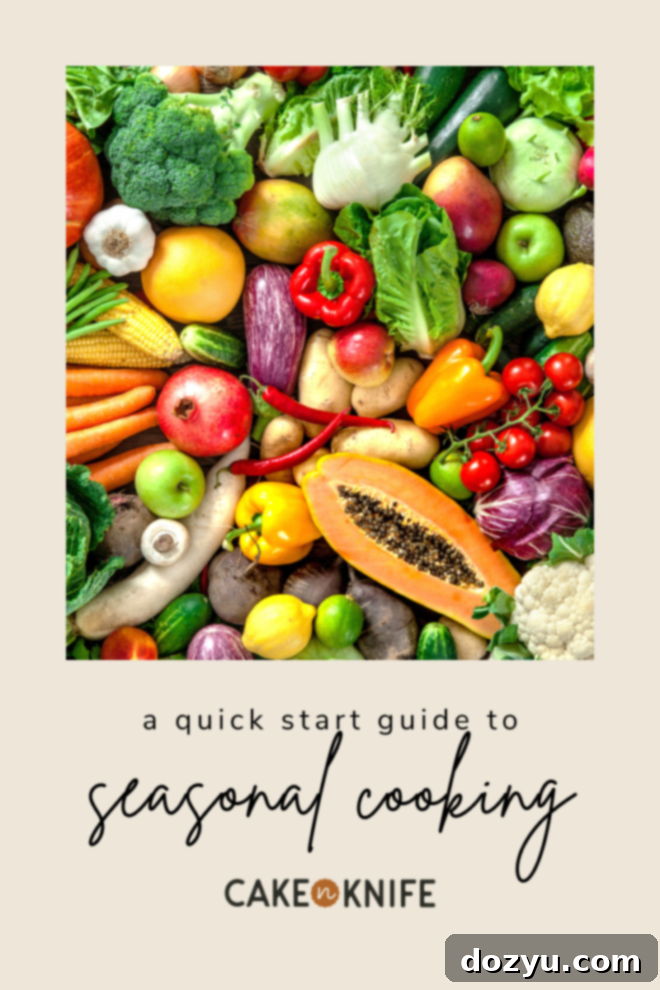
Cooking seasonally has become a cornerstone of my culinary philosophy, and for good reason. It offers a profound way to connect with your local environment, diversify your diet with an array of delicious fruits and vegetables, and truly appreciate the subtle shifts that each season brings. While this blog didn’t initially focus on seasonal recipes, you might have noticed a natural evolution in that direction over the past few years. My goal has always been to create uncomplicated recipes that inspire connection and celebration, and ensuring the food I share is in season (or sparks ideas for upcoming seasons!) is now central to that mission. Even if we’re all thinking about festive holiday meals in July, there’s a joy in anticipating the freshest ingredients.

Table of Contents
Toggle
What is Seasonal Cooking?
At its heart, seasonal cooking is about embracing a natural rhythm that has guided humanity for millennia. It’s not a revolutionary concept; in fact, it’s a return to the wisdom of our ancestors. Before global supply chains and immense supermarkets made any fruit or vegetable available year-round, people relied on what was local and in season. This traditional approach means cooking with produce that is harvested at its peak ripeness and consumed close to its origin.
The more deeply I delve into cooking year after year, the more questions arise about the journey of my food from farm to plate. “Seasonal food” refers to produce that is consumed shortly after it’s been harvested, typically from local farms or regions. This ensures maximum freshness, flavor, and nutritional value, as opposed to produce that travels long distances or is harvested prematurely to withstand transit.
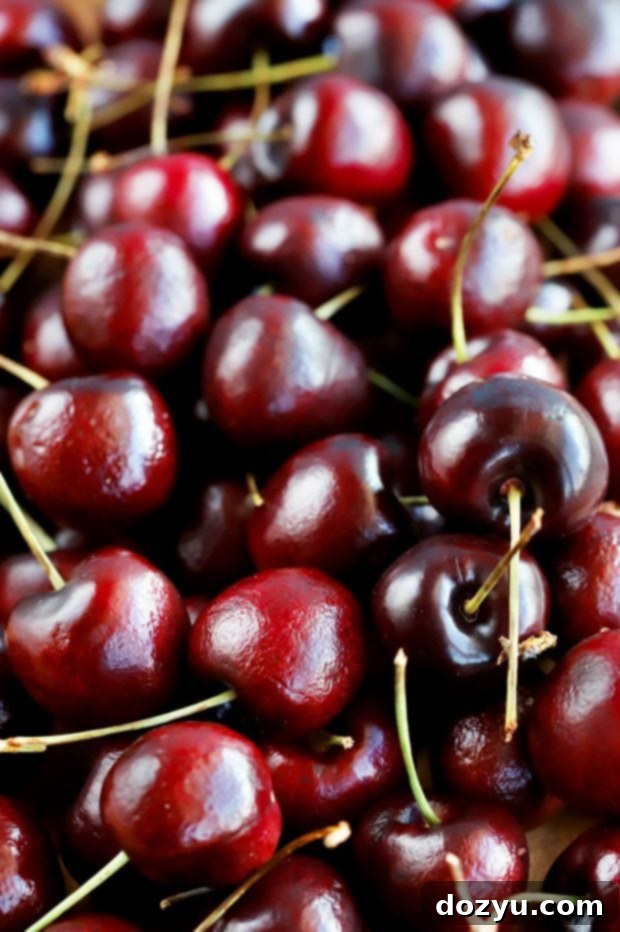
I find immense satisfaction in incorporating seasonal ingredients into my daily cooking. When you’re preparing multiple meals a day, the difference in quality and taste becomes strikingly clear. Every food has its moment to shine, and celebrating the arrival of each new season simply for the bounty of fresh fruits and vegetables it brings is a true joy. Think about it: the collective excitement over pumpkin spice and crisp apples when fall arrives is a perfect example of this natural anticipation. Each season unveils a fresh palette of ingredients, inviting us to explore new flavors and culinary possibilities.
Many of us aspire to cook seasonally more often, but the initial hurdle is often the most basic question: “What exactly is in season right now?” This guide aims to demystify that question and provide you with the tools to start your seasonal cooking journey.
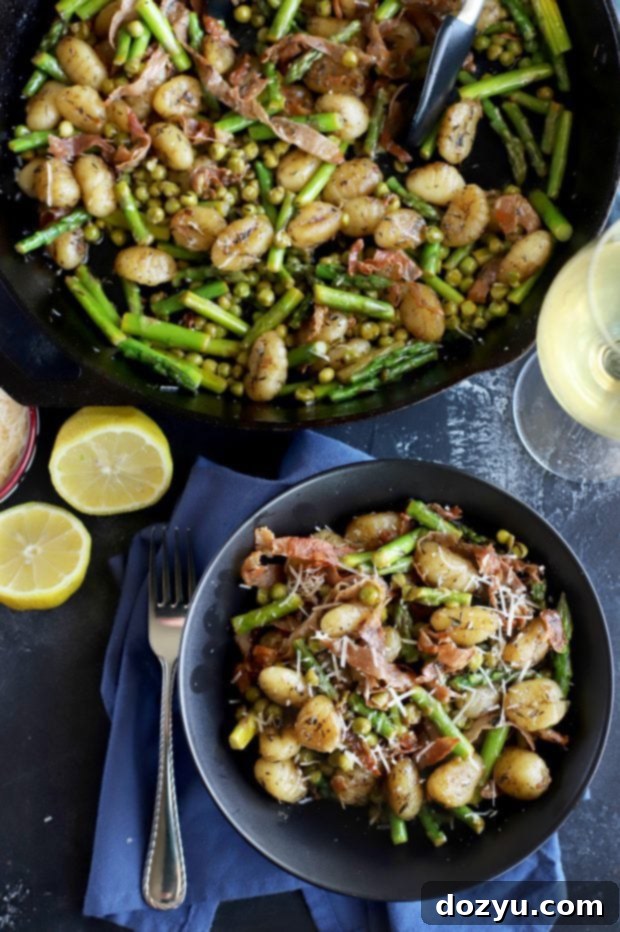
How to Identify Seasonal Produce
Understanding what’s in season is the first and most crucial step toward incorporating seasonal cooking into your routine. The more knowledgeable you become, the more effectively you can plan your meals and select recipes that truly highlight the best of what nature offers. Below, I’ve compiled a quick-start list for each season. Remember, this is a concise guide to get you started, focusing on some of the most popular and my personal favorite seasonal items. Regional variations and specific climates mean that “in season” can vary, so always check with local resources too.
For a comprehensive, month-by-month breakdown of seasonal produce, be sure to explore my dedicated produce guides! They offer a deeper dive into the bounty available throughout the year.
The Everyday Seasonal Cookbook
This comprehensive cookbook is your ultimate companion for seasonal eating, brimming with produce guides, inspiring recipes, and tips for every occasion. Discover how to transform fresh, in-season ingredients into unforgettable meals, connecting you to the bounty of each passing season.
Cooking in Spring
As winter’s chill fades, spring bursts forth with a refreshing array of lighter, brighter flavors. I always find myself incredibly excited to step away from heavy comfort foods and embrace the fresh, vibrant produce that defines this beautiful transition. Think tender asparagus, crisp radishes, sweet peas, and succulent strawberries. These ingredients lend themselves perfectly to light salads, delicate stir-fries, and refreshing desserts, celebrating the renewal of nature.
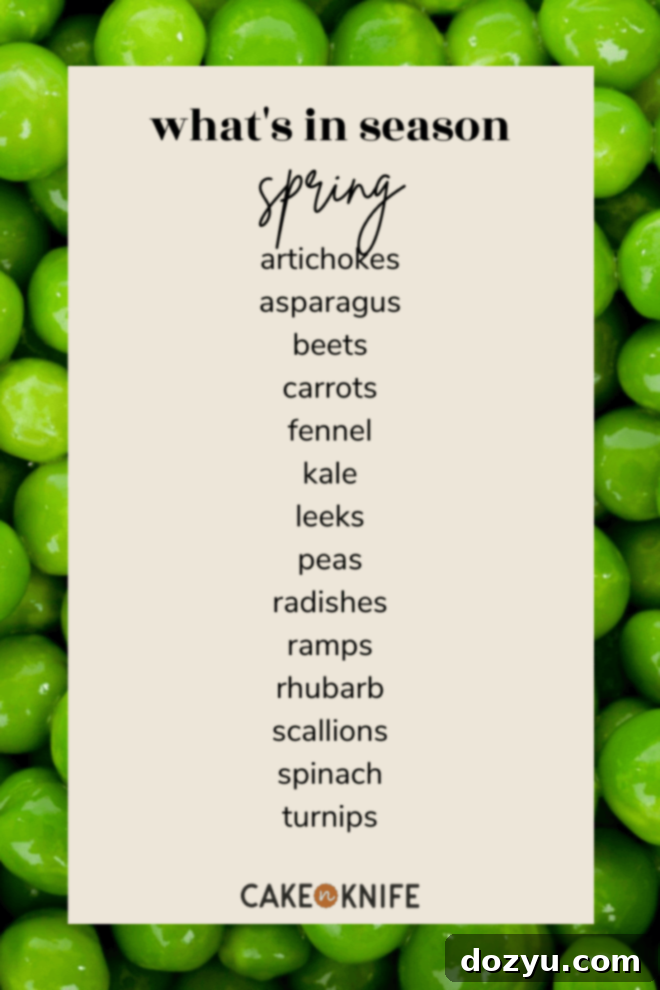
For even more in-depth information on what fresh produce is in season each month of Spring, check out these detailed guides:
- What’s in Season in March
- What’s in Season in April
- What’s in Season in May

Everyday Seasonal: Spring Edition
Celebrate the season of renewal with this dedicated Spring Edition cookbook! Packed with delightful seasonal spring recipes, a comprehensive produce guide for the months of March, April, and May, and expert tips, this resource is designed to help you make the most of nature’s vibrant spring bounty. Get ready to cook light, fresh, and delicious meals.
Cooking in Summer
Fruit lovers, rejoice! Summer is the season of unparalleled abundance and juicy delights. From sun-ripened berries to sweet corn, plump tomatoes, and crisp cucumbers, summer produce is all about vibrant colors and refreshing flavors. It’s the perfect time for grilling, light salads, and simple dishes that let the natural sweetness of the ingredients shine. Embrace the warmth and the bounty that this season generously offers.
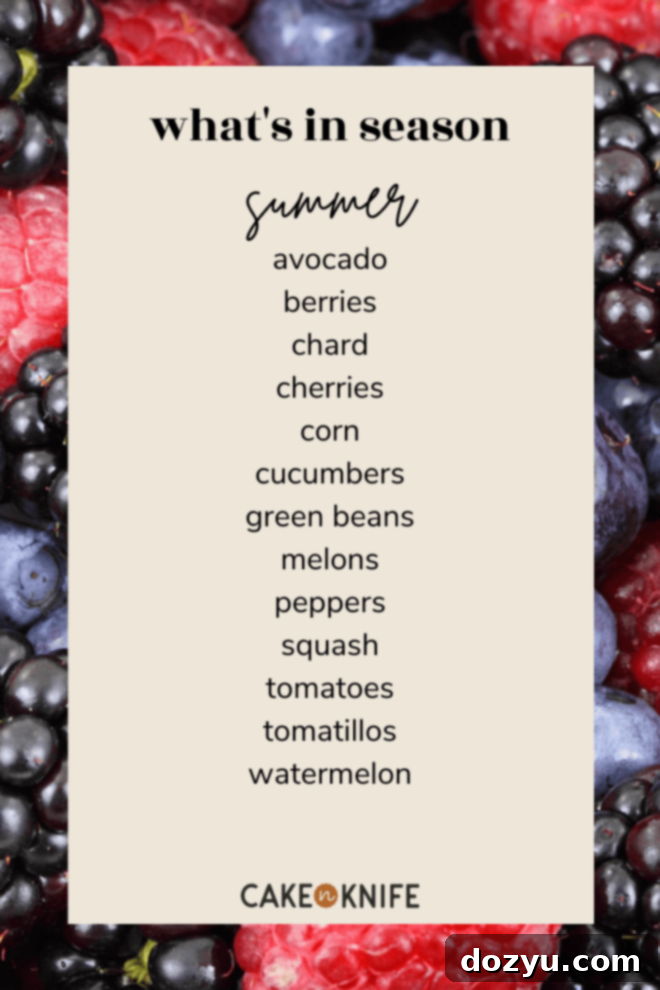
For more detailed insights into what’s in season each month of Summer, explore these comprehensive guides:
- What’s in Season in June
- What’s in Season in July
- What’s in Season in August
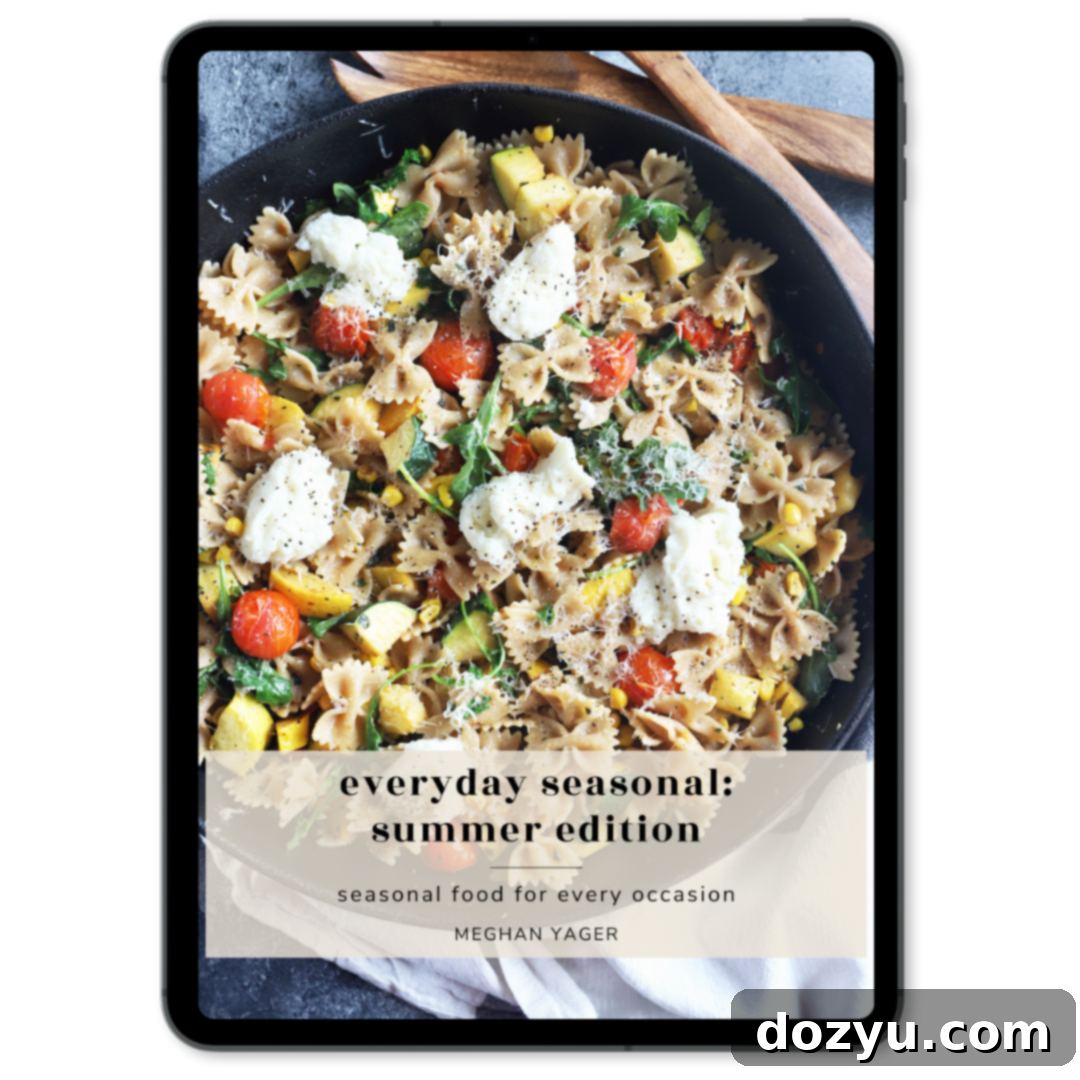
Everyday Seasonal: Summer Edition
Make the most of the sun-drenched months with our Summer Edition cookbook! Featuring an exquisite collection of seasonal summer recipes, a comprehensive produce guide for June, July, and August, and inspiring ideas, this cookbook will help you celebrate the season’s peak flavors. Perfect for barbecues, picnics, and refreshing summer meals.
Cooking in Fall
Fall, my absolute favorite season, brings a wealth of comforting and earthy ingredients. Forget the artificial pumpkin spice latte and dive into the real flavors of autumn. Think hearty squashes like butternut and acorn, crisp apples, sweet potatoes, and root vegetables. This is the time for warming soups, robust stews, and baking projects that fill your home with irresistible aromas. The rich, deep flavors of fall produce are perfect for creating cozy and satisfying meals.
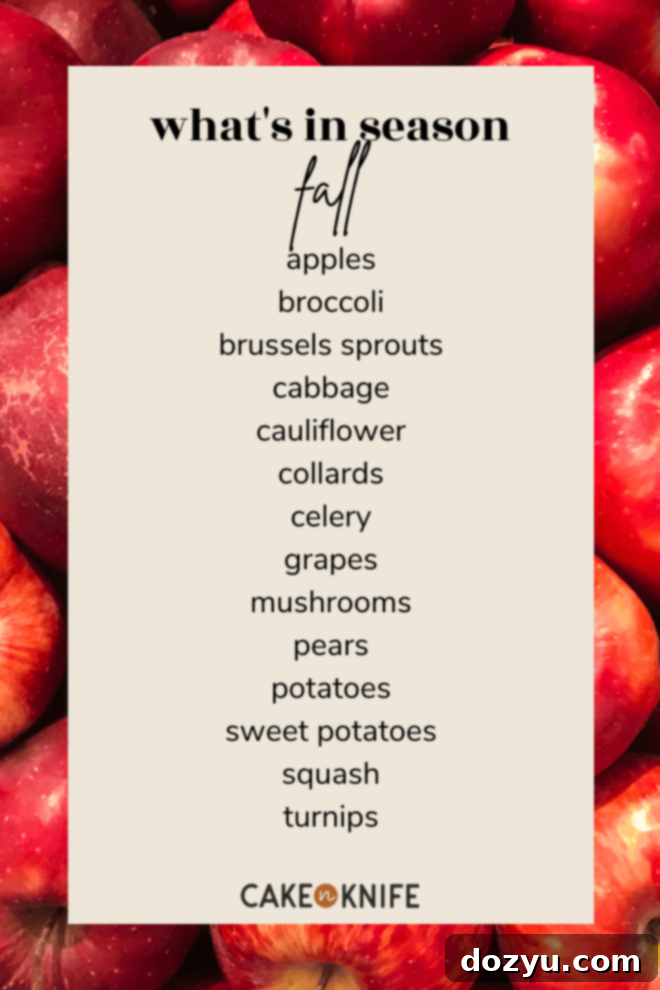
For more detailed information on what fresh produce is in season each month of Fall, consult these helpful posts:
- September Produce Guide
- October Produce Guide
- November Produce Guide
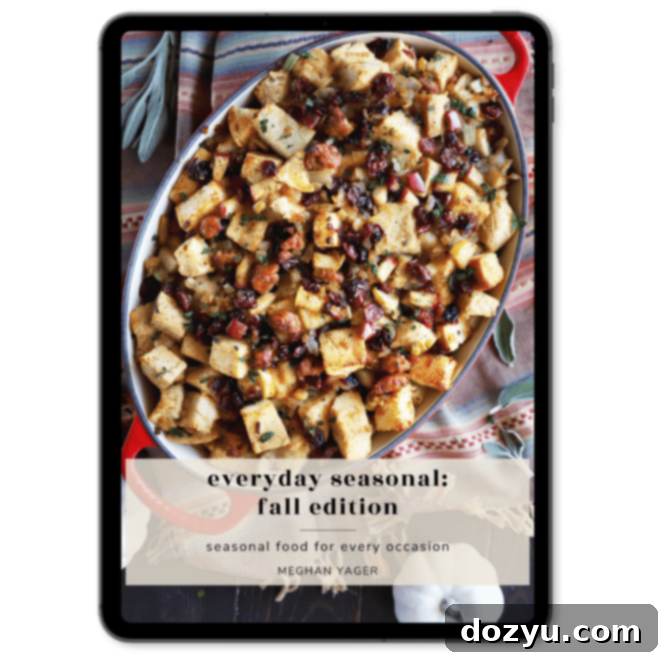
Everyday Seasonal: Fall Edition
Embrace the cozy comforts of autumn with our Fall Edition cookbook! This essential guide is packed with delicious seasonal fall recipes, a comprehensive produce guide for September, October, and November, and creative ideas to inspire your cooking. Discover how to create hearty and flavorful meals that celebrate the rich bounty of fall.
Cooking in Winter
When the cold winds blow, it’s time to snuggle up and indulge in comforting, warming meals. Winter cooking is all about hearty ingredients that nourish you from the inside out. Think robust root vegetables like carrots and parsnips, earthy potatoes, and cruciferous vegetables like cabbage and Brussels sprouts. Citrus fruits also make a bright appearance, offering a burst of freshness. This season is ideal for slow-cooked dishes, rich roasts, and warming casseroles that bring warmth and cheer to even the chilliest evenings.
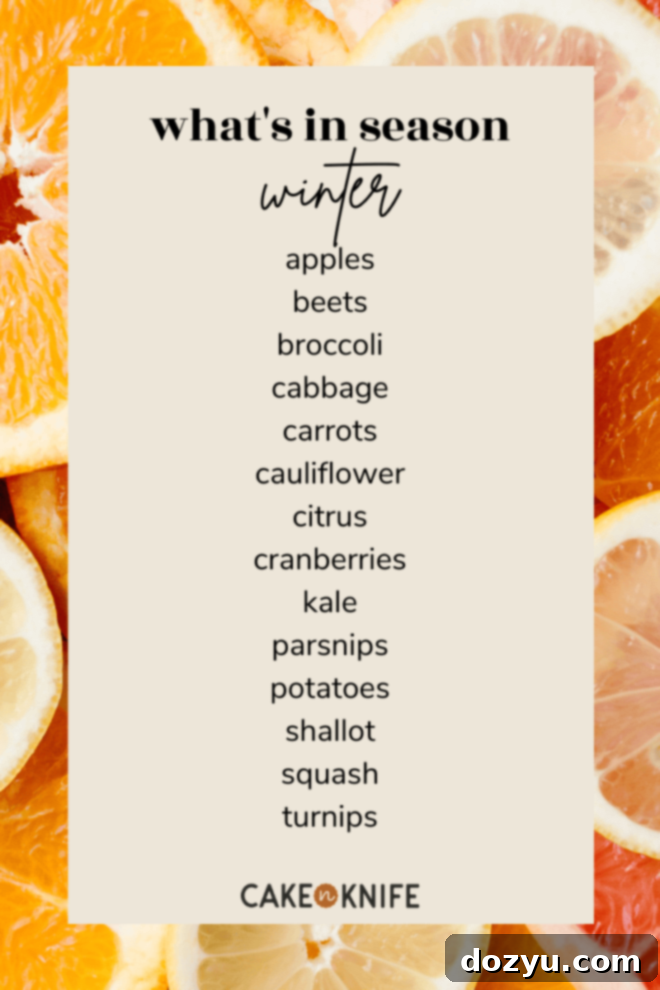
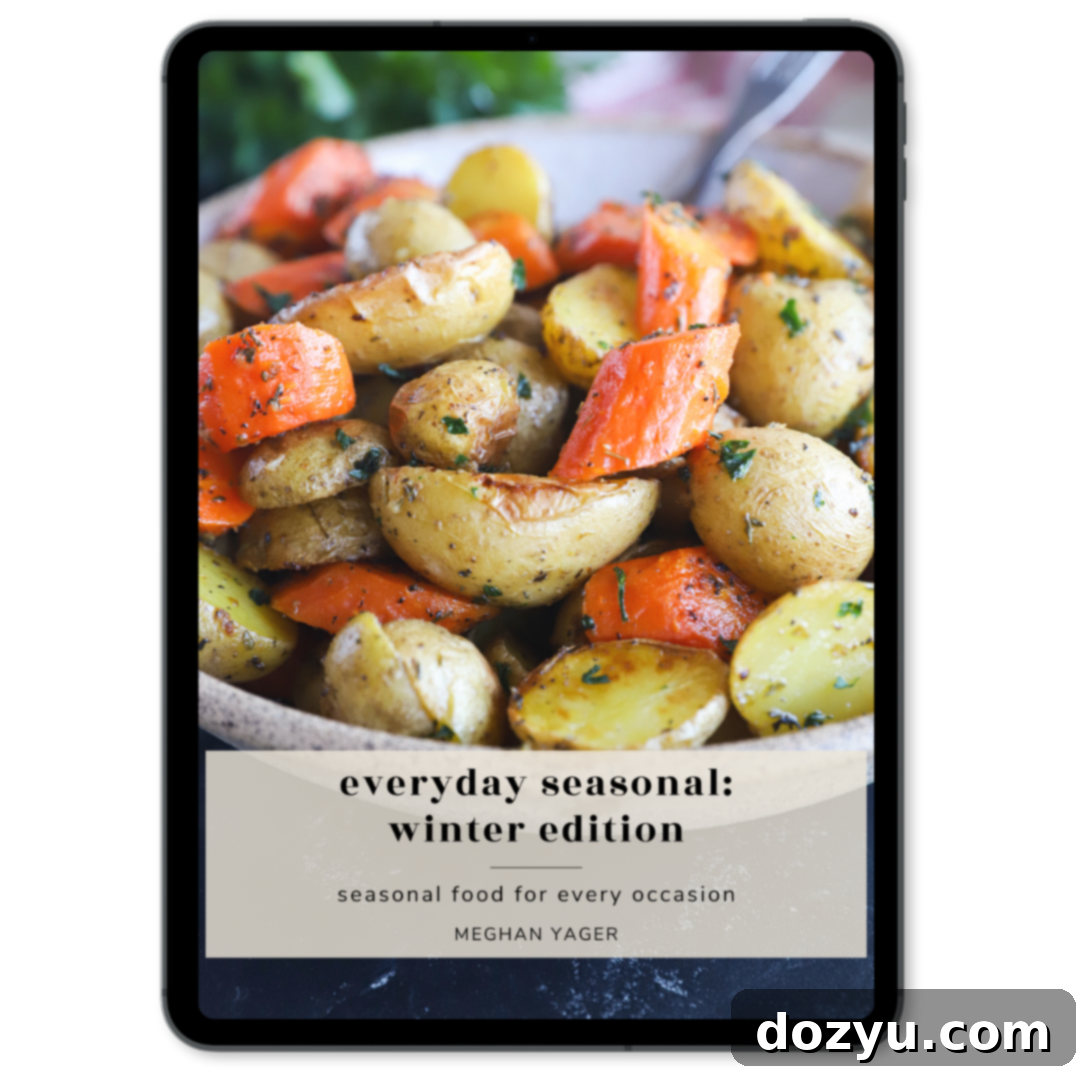
Everyday Seasonal: Winter Edition
Discover the art of cozy cooking with our Winter Edition cookbook! Filled with comforting seasonal winter recipes, a comprehensive produce guide for December, January, and February, and warming culinary inspiration, this collection will help you create hearty and delicious meals to brighten up the colder months. Get ready to embrace the flavors of winter.
For more specific details on what fresh produce is in season each month of Winter, refer to these guides:
- December Produce Guide
- January Produce Guide
- February Produce Guide
The Importance of Eating Seasonally
Once you develop the habit of eating seasonal food, it will quickly become second nature, especially after experiencing the full cycle of all four seasons. But beyond personal preference, why is adopting a seasonal eating approach so important and beneficial?
Superior Flavor and Nutrition
The most compelling reason to eat seasonally is the unparalleled flavor. Produce harvested at its peak ripeness, when it’s naturally meant to be, boasts a far richer and more intense taste profile. Think of a juicy, perfectly ripe summer tomato compared to a pale, mealy one bought in winter. Beyond taste, seasonal produce often contains higher nutritional content. When fruits and vegetables are allowed to mature fully on the plant and are consumed shortly after harvest, they retain more vitamins, minerals, and antioxidants that can degrade over time or during long-distance transport.
Furthermore, seasonal foods are generally grown closer to you, which means less time in transit. This not only reduces the risk of spoilage but also ensures that the produce reaches your kitchen at its freshest point, packed with all its natural goodness. Unlike food consumed out of season, which may be forced to ripen artificially or undergo preservation methods, in-season produce truly offers the best nature has to offer.

In addition to these direct benefits, choosing to eat seasonally brings a host of other advantages:
- Environmental Benefits: Eating local, seasonal produce significantly reduces your carbon footprint. Less transportation means lower fuel consumption and emissions. It also often supports more sustainable farming practices, minimizing the use of energy-intensive greenhouses or cold storage.
- Economic Benefits: By purchasing seasonal ingredients, especially from local sources like farmers’ markets, you directly support local farmers and the regional economy. Moreover, seasonal food is typically more abundant and therefore often more affordable, making healthy eating more accessible and budget-friendly.
- Dietary Diversity: Following the seasons naturally encourages you to incorporate a broader range of foods into your diet throughout the year. This rotational eating ensures you’re getting a wider spectrum of nutrients and phytonutrients, which is vital for overall health and well-being. It also prevents culinary boredom!
- Community Connection: Shopping at farmers’ markets not only provides fresh produce but also fosters a direct connection with the people who grow your food. It’s an opportunity to learn about different varieties, farming methods, and even discover new recipes from the farmers themselves.
I understand that eating seasonally isn’t always feasible; our busy lives, time constraints, or even picky eaters can sometimes dictate our choices. However, making a conscious effort to incorporate seasonal ingredients even a few times a week can profoundly impact your cooking and appreciation for food. It starts with small steps, and before you know it, you’ll find yourself naturally gravitating towards seasonal cooking almost every night.
Embracing seasonal eating might also inspire you to delve into traditional food preservation techniques like canning, fermenting, freezing, or drying. These methods allow you to capture the peak flavors of a season and enjoy them year-round, ensuring you never truly miss your favorite ingredients. This is definitely a personal goal of mine, transforming fresh produce into lasting culinary treasures!
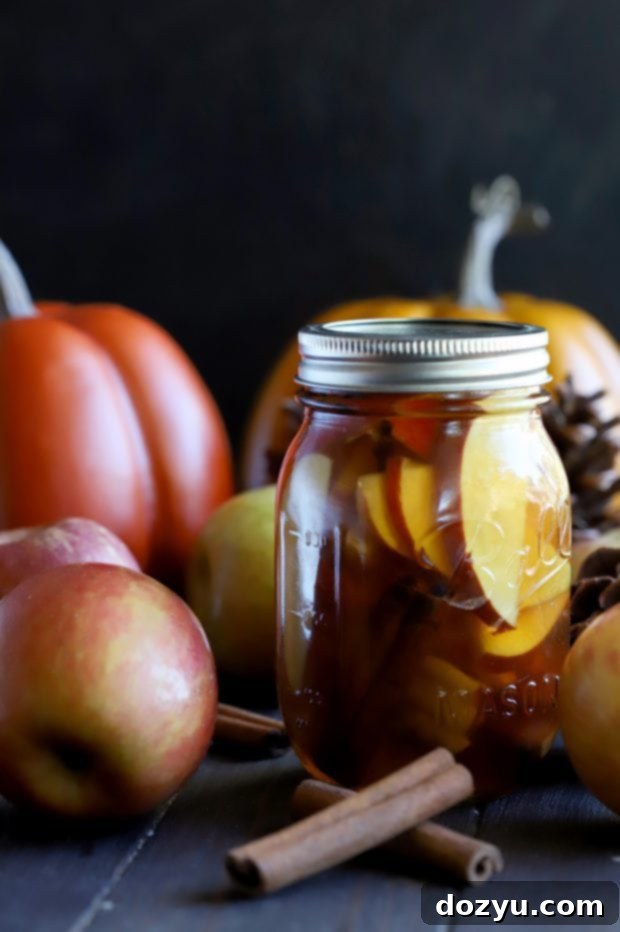
My Top Seasonal Cookbook Recommendations
To further aid you on your seasonal cooking journey, I’ve compiled a list of my favorite cookbooks that focus on embracing fresh, in-season ingredients. These resources have been invaluable in my own kitchen:
- The Flavor Bible: This is an absolutely essential guide, not just for figuring out which ingredients harmonize beautifully, but also for understanding their peak seasons. I consult this book weekly when planning recipes or when I have leftover produce and need inspiration. It’s a goldmine for culinary creativity.
- The Farmers Market Cookbook: A fantastic companion for anyone looking to make the most of their farmers’ market haul. It offers creative and approachable recipes, such as an unexpectedly delicious cantaloupe salsa, that truly highlight seasonal produce. It encourages you to cook with whatever fresh ingredients you find.
- The First Mess Cookbook: If you’re keen on exploring more plant-based recipes, this cookbook is a must-have. All the recipes are vegan, offering innovative and healthy ways to prepare seasonal vegetables and fruits. Even if you’re not strictly vegan, it’s an excellent source for expanding your repertoire, trying new flavors, or planning flavorful Meatless Monday dinners.
- The Farm Cooking School: This book offers incredible value at an inexpensive price. Beyond a collection of delicious recipes, it teaches fundamental cooking techniques that are applicable throughout the seasons. It’s a practical guide that empowers you to cook confidently with whatever is fresh and available.
- True Food: Seasonal, Sustainable, Simple, Pure: The title perfectly encapsulates the philosophy of this highly-rated cookbook. It champions cooking with ingredients that are seasonal, sustainably sourced, and prepared in a simple, pure manner. With numerous glowing reviews, it’s clear this book resonates with those seeking a wholesome and mindful approach to food.
